What do you know about anything? You probably had your bread buttered on both sides since the day you were born.
–Joe Sullivan, Raw Deal.
If you want to start an argument among film critics — and who wouldn’t? — ask any three of them to define film noir. You won’t get three answers; you’ll get nine or ten, punctuated by a great deal of exception-making, special pleading, and brow-furrowing. The very term is what Jean-François Lyotard referred to as a “phrase in dispute”: the people who made films noir did not call them that, preferring the prosaically descriptive term “crime drama.” “Film noir” was coined, decades after such films had stopped being made, by clever French critics like Lyotard, who seemed to understand American culture more than their American counterparts, and when the term became commonplace, arguments about what qualities such films must possess were immediate and vociferous. Many argued that noir was not even truly a style, but a period.
But one thing is certain, and it is what makes this genre, despite having largely vanished sixty years ago, so important and electrifying today: film noir was the most class-conscious genre of motion picture America has ever produced.
Noir arose in the postwar period, with its classical period generally defined as lasting from 1945 to 1960. These years are often thought of, from the distance of the twenty-first century, as the golden years of empire at its peak, of the neon-washed tint of suburban nostalgia, of conformity and anti-communist hysteria and the ascendance of the American dream. This is the image of the country that has persisted in the cultural presentation of the era, from Happy Days to Mad Men.
But the reality was far darker. Many were left out of the postwar narrative of an America of endless possibility. Certainly, the realities of queer lives, women’s lives, and the lives of people of color were not present in most films of the period, and it is part of the genius of noir that it managed to subvert and avoid the strictures of the Motion Picture Production Code that kept these realities from being discussed. But class, the bedrock of socialism’s material analysis and the inescapable fact of life under capitalism, could be portrayed.
But it rarely was — except in noir, in which class was not only an essential quality of storytelling but was also crucial to understanding everything: its writers and directors, its origins, and the fatalistic desperation and fierce clawing for a piece of the action that drove its characters and plotlines.
Aware of Where They Stood
There’s nothing so different about them. After all, crime is only a left-handed form of human endeavor.
–Alonzo Emmerich, The Asphalt Jungle.
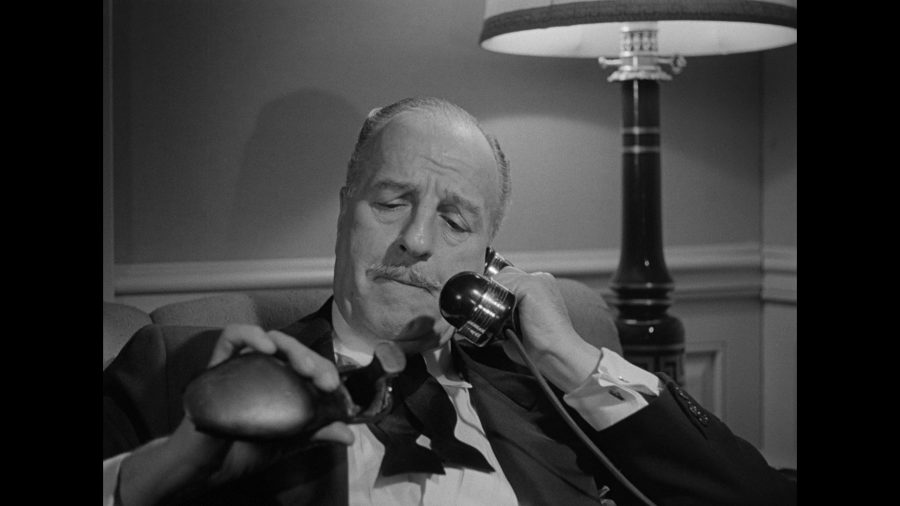
Noir’s greatest directors often found themselves on the outside looking in, pushed and pulled by the vagaries of finance, the economy, and political reaction: Fritz Lang fled Germany after the Nazis took over the film industry; Orson Welles found himself at the mercy of studio bosses who found him too extreme and extravagant; Jules Dassin reversed Lang’s exile by leaving America for France after facing persecution for his membership in the Communist Party. Its literary origins lay in the pulp magazines of the prewar era: cheap, hastily assembled rags meant for mass consumption and printed on the cheap paper that gave them their name, written by low-paid and often disreputable writers who would sometimes adapt their own work for the big screen.
Even the stars of films noir were actors plagued with scandal, known for being too independent or uncooperative, or simply seen as possessing insufficient star power to carry a big-budget picture on their own. These were men and women who were keenly aware of where they stood on the steel-walled class divide of the motion picture industry: the wrong side.
Not all film noir heroes were outlaws; the genre labored as much as any labored under the constraints of the Hays Code, which, animated by religious moralism and a distrust of the susceptible minds of the working class, forbid the portrayal of criminals as justified, sympathetic, or able to escape punishment. But the status of noir films as B- and C-pictures, often cheaply made by low-rent “Poverty Row” studios and attached as a package to more reputable mainstream films often gave them the ability to duck under the notice of the censors.
Still, criminals were often the central characters, and their motivations were almost always the same: they were poor. They were society’s losers, castoffs, and hard-luck cases, and they were out to make a score that would give them a break for once in their miserable lives.
But it would be another great mistake to believe that these films delivered the message that money was salvation. In the doom-struck world of noir, no one ever gets lucky, and money is a fleeting dream. Those who have it are compromised, corrupted, or enslaved by it, and those without it never end up with it.
Dirty Money
I’ve seen all the troubles of the world, and they boil down to just those two. You’re broke or you’re lonely. Or both.
—Pat, Act of Violence.
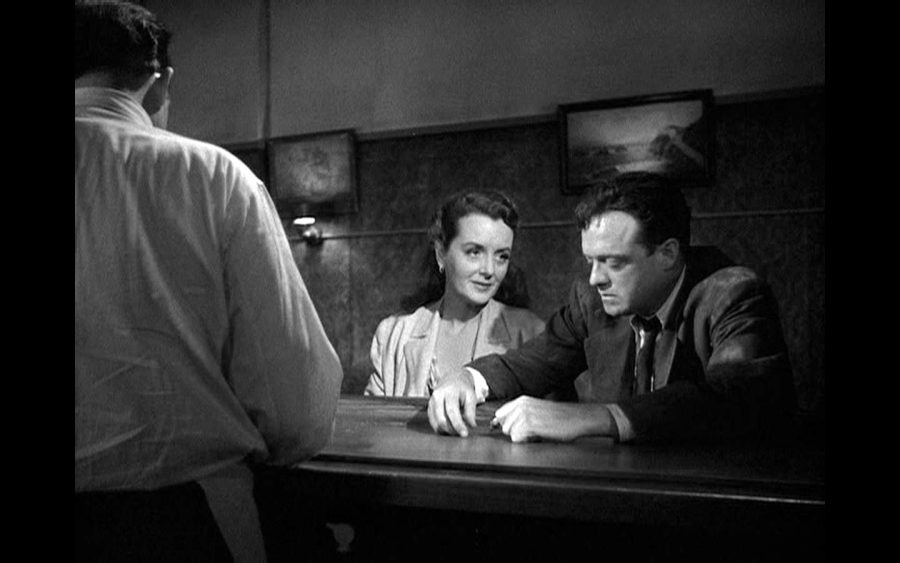
In the stark class struggles of crime dramas, the thugs and hoodlums and heist men might be villains, but the truly contemptible figures are the bankers, the moneymen. The people doing the stealing are at least comprehensible to us. We can relate to them. But the rich, whether from the straight world or the crooked ones, are monsters, soulless things, icons of cruelty who will double-cross and dirty deal to protect the wealth they already possess in abundance. Even in a rigged game, they refuse to play fair.
This dynamic plays out memorably in John Huston’s 1950 noir The Asphalt Jungle; when banker Alonzo Emmerich (Louis Calhern) sells out a gang of thieves, revealing that he hasn’t got the money he promised them in exchange for the take of a jewel heist. Gunman Dix Handley (Sterling Hayden) sneers at him with contempt: “What’s inside of you? What’s keeping you alive?” Dix is a thug and a brute, but he immediately recognizes in Emmerich something every working person understands: the two-faced boss who demands the lion’s share of the profit while assuming none of the risk he pawns off on his hirelings.
One of the most menacing villains in all of film noir is The Big Combo’s Mr Brown (Richard Conte), and he’s not a psychotic killer, a hulking goon, or a ruthless hitman; he’s a moneyman for the syndicate. Money is always poison, and profit is never gotten cleanly.
Police and Women in Film Noir
For sixteen years, I’ve been a cop. For sixteen years, I’ve been living in dirt, and take it from me, some of it’s bound to rub off on you. You get to hate people. Everyone you meet.
–Barney Nolan, Shield for Murder.
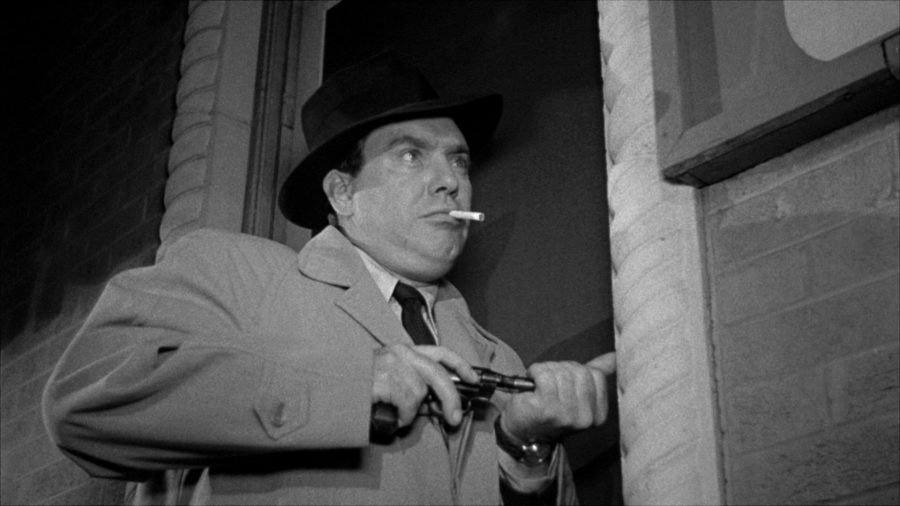
The presence of the police is controversial in noir. Thanks largely to the constraints of the Hays Code, cops were rarely portrayed as actively malevolent, even in what was a rich period for police racism and brutality. Many noirs featured cops as heroes, and only the most stringent purist would exclude from the canon movies with a protagonist somehow connected with law enforcement. But noir was never quite comfortable with cops as an idea; its creators were all too familiar — often personally — with the dark side of the law.
Some films noir such as Stanley Kubrick’s masterful The Killing actually got away with portraying corrupt cops; others made them shadowy presences, silent figures of finality and failure who only showed up at the end of the movie to make the doomed hero’s fate explicit; and still others, such as 1951’s The Prowler (written by blacklisted screenwriter Dalton Trumbo), portray them as overbearing creeps. But the most common way of dealing with the police was to sidestep them altogether by making the hero a private detective: an independent actor, usually a struggling “cockroach capitalist,” who was of law enforcement but not in it.
The paragon of this model is Philip Marlowe, the recurring figure in the works of Raymond Chandler, who despised the police. Marlowe, too — played in noirs by Dick Powell, Humphrey Bogart, Robert Montgomery, and others in the classic era — disliked and distrusted cops, seeing them as a necessary evil at best and petty tyrants at worst. As Marxist critic Fredric Jameson notes in his 2016 book on Chandler, the figure of the detective allows for a reconstitution of the faded picaresque novel: because of his position in society, the private dick alone can form a link between the lowest rungs of the working class and the dizziest heights of the ultra-wealthy, allowing the reader to contrast their lives without illusions. Although noir is often ambiguous in its treatment of the police, the question of who they serve is never in doubt.
Women, too, have a contentious position in noir. It is true that crime dramas were products of their time, meaning that women often had subservient roles as mothers, wives, or love interests, and were almost never the main characters in film noirs, or their creators. (The British actress Ida Lupino was a notable exception, using her studio connections to become one of Hollywood’s first notable female directors and the only one to helm a noir herself, and many noir films were based on novels written by women.) One reason that noir began to fall out of favor was the rise of feminist film critics in the late ’60s and ’70s, who saw the femmes fatale — the murderous, dark-hearted female villains often seen in the genre — as stereotypical and insulting archetypes of the woman as temptress, leading good-hearted and innocent men astray with the power of their sexuality.
But this is only part of the picture of the trope. It is just as valid, and often more accurate, to see femmes fatale as women who evenly match their male counterparts in their awareness of their class status, compounded by rampant misogyny and the lack of opportunities given to women at the time. If they use their sexuality as a weapon, it is only because it is the only one available to them.
For every femme fatale portrayed as little more than a serpent in human flesh, there are more complex and psychologically deep characters like the luckless Agnes Lowzier (Sonia Darrin) in The Big Sleep, trapped by her poor choices in “half-smart guys,” or Gun Crazy’s Annie Laurie Starr (Peggy Cummins), beaten down figuratively and literally time and time again by men and determined to “start kicking back.” It isn’t hard to detect in noir’s terror of these women a sublimated fear of the working class.
The Values of Neorealism
I don’t like to get pushed around. I don’t like people I like to get pushed around. I don’t like anybody to get pushed around!
–Sam Masterson, The Strange Love of Martha Ivers.
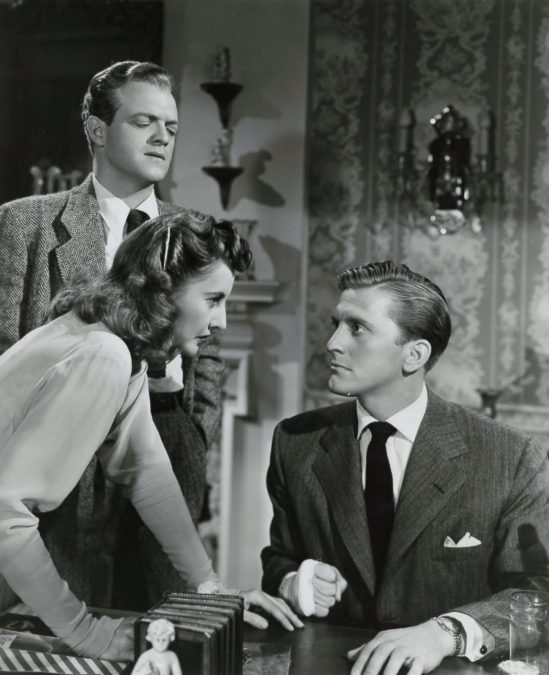
If film noir has a true analogue in cinema, it is another genre that arose around the same time, dealing with many of the same issues, and often presented in the same style, albeit a continent away: the neorealist movement in postwar Italy. Both tended to deal with working-class issues; both focused on the lives of the downtrodden and the marginalized; and both were associated with memorable lighting, naturalistic acting, and innovative camerawork.
The Italian neorealists, like the directors of American crime dramas, were often associated with the political left, and both concerned themselves with the people left behind by a society that wrongly believed itself to have transcended its own history. But in Italy, with a strong leftist tradition and less prone to anti-communist panics, the filmmakers could be more open and obvious in their class consciousness and didn’t need to dress it up with guns and sharp suits.
Still, the messages were clear in both genres: the stories of ordinary people were more compelling than those of aristocrats and socialites. Bullying was intolerable, and even more so when it came from positions of authority. And if you found yourself on the bottom rungs of the economy, there were few people you could rely on and no help on the way from anywhere.
Neorealism, with its focus on the poor and working class and its appearance after the repression of the fascist regime of Mussolini had been destroyed, at least emerged from a sociopolitical position where it was possible to speak of class openly and to show the value of solidarity and community, even if you ultimately lost the struggle. Film noir, in its context of American individualism, had to resort to coded messages and a sense of inevitable defeat.
Bigs and Littles
It’s a bitter little world full of sad surprises, and you don’t go around letting people hurt you.
–Evelyn Hahn in Hollow Triumph.

With the dawn of the radical sixties, American culture began to fissure and break apart, and this was reflected in cinema. The old crooks and hoods, motivated only by money, didn’t seem so scary anymore, and on-screen, villains began to transform into more existential and less understandable creatures of the capitalist id: roving gangs of nonwhites looking for revenge, monsters of the id, psychopaths and serial killers who motivations could never be understood. Society’s underpinnings seemed far less certain, and so filmgoers forsook realism for escapism.
By the 1970s, noir was a relic of the past, and while it influenced the maverick directors of the decade, it was fit only for homage, parody, or the odd stylistic revival. It could still score an occasional hit (there are few indictments of capitalism in American cinema fiercer than Roman Polanski’s 1974 neo-noir Chinatown), but it wasn’t the same. The studio system was dead, the blockbuster economy was being constructed, and crime films became more grandiose, more epic, and less relatable and human. Movies were now a billion-dollar business, and the stakes had to be raised and the consequences had to be escalated to match.
Noir never quite left us, though. Although it’s been revived from time to time, neo-noirs have largely been bloodless affairs, all style and surface, with all the guts and sinew filtered out; most have lost their class sensibilities. Most contemporary crime films valorize the police, fetishize surveillance technology and expensive paramilitary weaponry, and portray their antiheroes as themselves as wealthy, stylish, and familiar with the upper echelons of the class ladder as any of their victims.
But noirs of the old school — filmed with or without the visual trademarks of the classic era, but with the class markers restored — began to emerge in international cinema with films like Fabien Bielinsky’s The Aura (2005), Chan-Wook Park’s Sympathy for Mr. Vengeance (2002), and Mathieu Kassovitz’s The Crimson Rivers (2000). And just as Kelly Reichardt has overseen a mini-renaissance of neorealism with a distinctly modern American flavor, so too have some directors in recent years discovered the richness of thematic meaning and potential in a good class-forward crime drama, from the works of Jeremy Saulnier to films like Noah Buschel’s Glass Chin, Debra Granik’s Winter’s Bone, and Paul Thomas Anderson’s Inherent Vice.
As long as we live under capitalism, insightful artists will remember the words of Luis van Rooten in the 1949 boxing noir Champion: “There are only two kinds of people in this world: the big and the little. It’s very seldom anyone gets the chance to decide for himself which he’s going to be.”
[Leonard Pierce is a Chicago-based writer and editor. He is an organizer with the Democratic Socialists of America and studies the intersection of working-class politics and twentieth-century American culture.]
OUR NEW ISSUE, “AFTER BERNIE,” IS OUT NOW. OUR QUESTIONS ARE SIMPLE: WHAT DID BERNIE ACCOMPLISH, WHY DID HE FAIL, WHAT IS HIS LEGACY, AND HOW SHOULD WE CONTINUE THE STRUGGLE FOR DEMOCRATIC SOCIALISM? GET A DISCOUNTED PRINT SUBSCRIPTION TODAY!

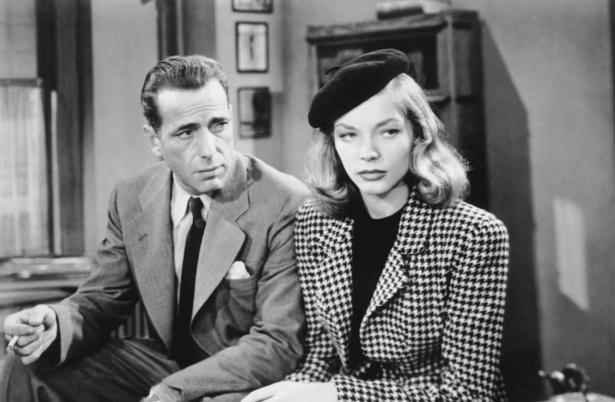
Spread the word